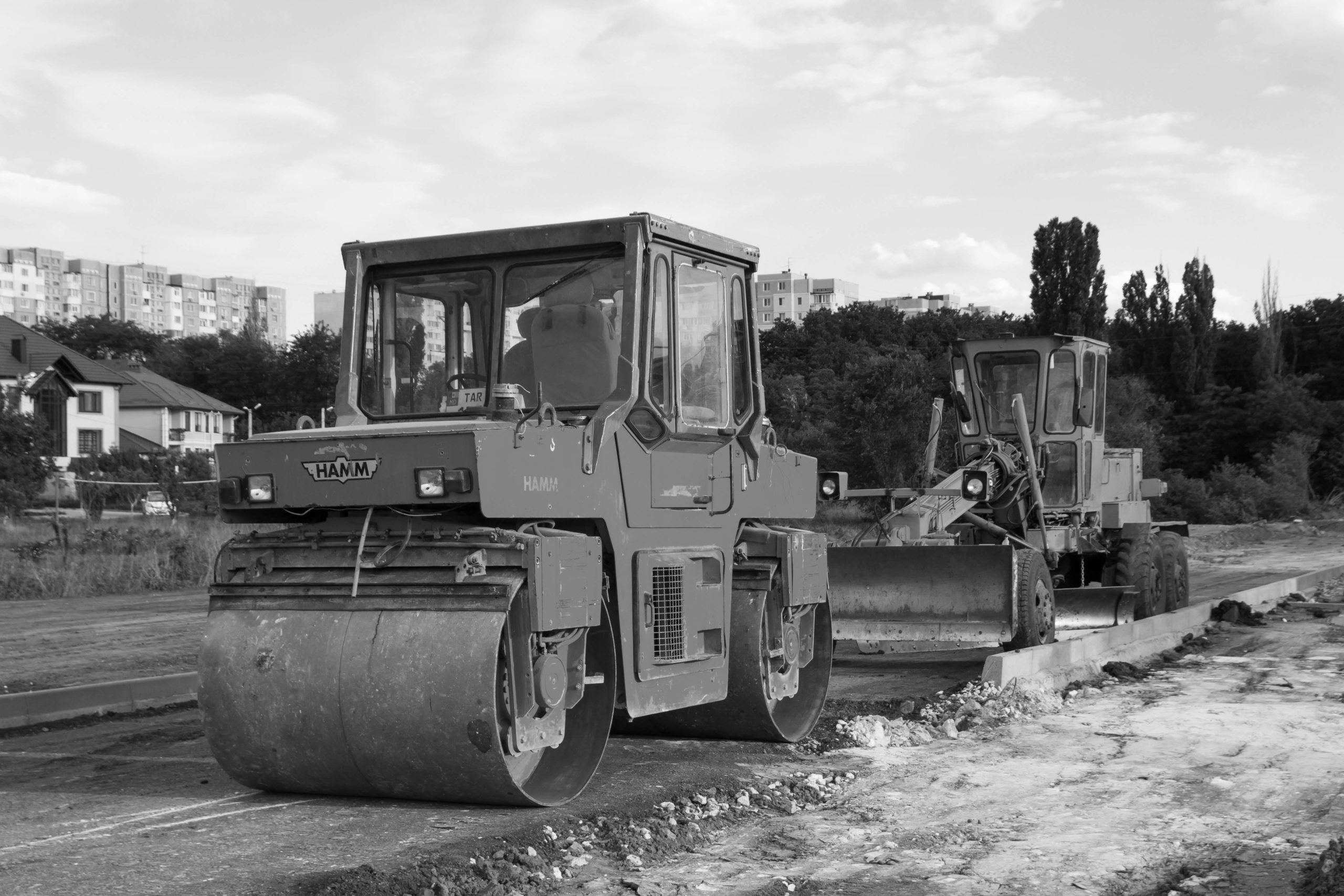NJ Courts Continue Expansion of Insurance Coverage for Construction Defects: “Continuous Trigger” Doctrine Applied
New Jersey courts are continuing their trend of extending insurance coverage for third-party construction defect claims. Following last year’s NJ Supreme Court decision in Cypress Point Condo. Ass’n, Inc. v. Adria Towers, LLC, 226 N.J. 403 (2016), which broadly interpreted the standard CGL policy to extend an insured developer’s coverage to include claims of damage caused by the work of subcontractors, the New Jersey Appellate Division recently issued a published decision approving a trial court’s use (though not its application) of the “continuous trigger” theory of insurance coverage to third-party construction defect claims, thereby, potentially extending coverage in such cases over multiple policy years.
In Air Master & Cooling, Inc. v. Selective Insurance Co., A-5415-15T3 (N.J. App. Div. October 10, 2017), the Appellate Division reviewed a trial court’s decision in a declaratory judgment action filed by a subcontractor against two of its insurers. Those insurers had declined coverage and refused to defend the subcontractor in a construction defect litigation filed by the condominium association (the “Association”), on whose 101-unit building the subcontractor had performed certain HVAC work on the roof and in each individual unit. The Association and certain unit owners claimed damage due to progressive water infiltration, which they attributed to defective workmanship, and the subcontractor was joined in the litigation as a third-party defendant.
The subcontractor had performed work at the building from November 2005 through April 2008. In early 2008, unit owners began to notice water infiltration into their units and resulting damage. A newspaper article published 2010 detailed the 2008 discovery of leaks by the unit owners. In May 2010, the Association’s consultant issued a report identifying certain areas of the roof in need of replacement though noting it could not determine when the infiltration had occurred.
The subcontractor had three insurers from 2005 through 2015. The insurer for the period November 2005 through June 2009, agreed to defend the subcontractor under a reservation of rights, as it was the insurer during the period the work was performed and at the time the first water infiltration was alleged to have been discovered. The next insurer, Selective Insurance, provided coverage from June 2009 through June 2012, and disclaimed coverage, on the basis that the property damage was alleged to have manifested before the policy periods had begun. The third insurer, with coverage from June 2012 through June 2015, also disclaimed coverage, and was dismissed from the subcontractor’s declaratory judgment case, without appeal, on the basis that its 2012 coverage commenced long after any leaks had started and any resulting damage manifested.
After some discovery was conducted, Selective moved for summary judgment, which was granted by the trial court. The trial court applied the continuous trigger doctrine of insurance coverage in analyzing whether Selective owed the subcontractor a duty to defend the construction defect claim. It determined conclusively, however, that the damage to the building had manifested itself before Selective’s June 2009 coverage began.
On appeal, the Appellate Division, while agreeing that the continuous trigger doctrine was applicable in the construction defect context, disagreed with the ultimate determination – or at least found that the record was not sufficiently developed to make that determination. The appellate court, therefore, reversed the judgment in favor of Selective and remanded the case back to the trial court with guidance on the application of the continuous trigger doctrine in the construction defect coverage context.
The continuous trigger effectively grants continuous coverage to an insured in connection with a third-party damage claim from the date of the initial exposure to the harm through the date of the manifestation of the injury resulting from the harm. The appeals court rejected the subcontractor’s attempt to extend the doctrine even further to extend to the date of “attribution” – that is, when the particular damage could be attributed to a particular insured. Doing so would be akin to transforming policy to claims made policy from occurrence-based, and likely escalate premiums or deter policies from being written. Instead, the court determined that the endpoint of the coverage, or manifestation (or “last pull of the trigger”), should be the date when the harm has sufficiently become apparent or manifests itself to trigger a covered occurrence.
The Appellate Division, guided by the precedential first-party coverage case, Winding Hills Condo Ass’n v. North American Specialty Ins. Co., 332 N.J. Super. 85 (App. Div. 2000), held that the manifestation occurs at that time of the “essential” manifestation of the injury, and not necessarily at the initial discovery of the injury. The essential manifestation is “the revelation of the inherent nature and scope of that injury.” In examining whether the May 2010 report (during Selective’s policy period) or 2008 unit owner observations of water infiltration (before Selective’s policy period) should be used as the manifestation or end date of coverage, the court found the record too sparse to make that determination. There were no depositions, or other evidence, revealing who knew what and when about these construction defects, and the court refused to rely on hearsay statements of the unit owners in the newspaper article.
Accordingly, the court remanded the case back to the trial court for a determination of what information about the building defects at issue were or reasonably could have been revealed between the time of the unit owner complaints and the start of Selective policy in June 2009. The appeals court also noted that the matter was further complicated by the fact that the water infiltration associated with the roof was not discovered until the May 2010 expert report, while the newspaper article does not mention the roof. Thus, there were genuine issues of material fact as to, among other issues, when water infiltration problems on the roof first became known or reasonably could have been known.
The Air Master decision continues a trend in New Jersey jurisprudence of expanding, within reason, CGL coverage to insureds. In particular, in construction defect cases, the courts have recently liberally interpreted policies and legal theories to afford more coverage to insureds. Where construction defects cause progressive property damage, as in the common case of water infiltration, Air Master will help to guide insurers, insureds and their respective counsel in analyzing whether, based on the facts alleged by a third-party, coverage is available for particular policy years. It is also likely to spawn additional discovery and expense in the underlying construction defect cases specific to those issues.
No aspect of this advertisement has been approved by the highest court in any state.
Results may vary depending on your particular facts and legal circumstances.
As the law continues to evolve on these matters, please note that this article is current as of date and time of publication and may not reflect subsequent developments. The content and interpretation of the issues addressed herein is subject to change. Cole Schotz P.C. disclaims any and all liability with respect to actions taken or not taken based on any or all of the contents of this publication to the fullest extent permitted by law. This is for general informational purposes and does not constitute legal advice or create an attorney-client relationship. Do not act or refrain from acting upon the information contained in this publication without obtaining legal, financial and tax advice. For further information, please do not hesitate to reach out to your firm contact or to any of the attorneys listed in this publication.
Join Our Mailing List
Stay up to date with the latest insights, events, and more





